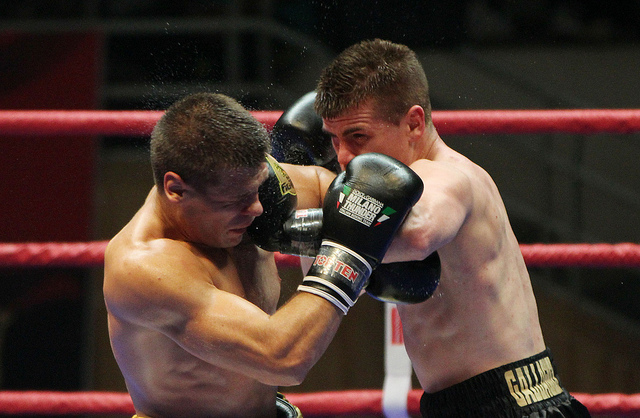You only spend about 6.3% or 90min of your day training. Most of us spend the other 93.7% or 1350 minutes in some state of rest and recovery.
Learning how to maximize that time for recovery is probably the least understood and least utilized way to enhance performance - which is funny because it's also the easiest and most enjoyable.
You've probably heard it said that the gains you make aren't made in the gym. They are made in-between workouts when your body can repair the damage you did by adapting to perform better the next time. This cycle of fatigue, destruction, and repair is what makes you stronger as your body adapts to what you force it to do.
There is a difference between rest and recovery. Rest happens everyday. When you workout, you fatigue structural, hormonal, and neurological systems. The relatively short periods of rest between workouts allow those systems to re-fuel and re-energize to allow you to perform another workload in the near future. These short-term rest periods allow you to continue the cycle of work/rest as long as the rest period is adequate enough to offset most of the damage being done during the work period.
Longer periods of rest are intentionally built into training plans. They compensate for deficits that build up over time and usually form a transitional period between different types of training. For example, in CBBT for men or women, every three month session is followed by 1 full week of recovery before diving into another three month session.
If you imagine your body as a bank starting with an account balance of $100. Every workout takes $10 out of the bank. Every short-term rest period puts $9 back in. After 11 workouts your balance is zero. You won't be able to do another workout until you replenish the account. You do that by taking a longer $100 rest period to reset your balance.
Where rest is best understand simply as time spent not training, recovery consists of the specific actions you do during times of rest to maximize repair (both the amount of repair and how fast the repairs occur). This includes such actions as sleep, hydration, massage, meditation, nutrition, stretching, stress-management, and others that I'll discuss a little more individually later in this article.
THE BENEFITS OF REST AND RECOVERY
For the most part - the things you do to enhance recovery are enjoyable. That in itself feels counter-productive to most people who think they must work harder to get better results. It's not about working harder - it's about working smarter and focusing on one thing at a time. When we work a proper cycle of rest and recovery into your training, the benefits you will experience include:
Physiological Adaptation = a Better Looking Body
It will be easier and quicker to change your physical appearance and you'll experience fewer injuries.
Adaptation is why we train in the first place. You break down muscle during workouts that are repaired and adapted to handle the workload more easily in the future (meaning more, stronger muscle).
Your muscles can recover relatively quickly as they receive blood directly which (if you're eating properly) contains all the nutrients they need to recover. Ligaments, tendons and other structures get their nutrients indirectly and take a little longer.
That's why inadequate rest can result in joint pain and ligament tears. Your muscles adapt first and can handle the additional workload but they force other structures to do things they are not fully adapted to deal with yet.
Psychological Adaptation = a Better Outlook on Life
Your nervous system deals with a tremendous amount of stress and gets tired when you workout hard. It has to ensure all sorts of things are firing correctly at the right times along with motivating you to keep going past many variations of pain.
Over time mental burnout becomes an issue so taking care of your psychological recovery is as important as allowing your muscles time to recover.
When you renew yourself mentally - it contributes to your level of resiliency and ability to bounce back from adversity. You will feel more confident, energized, and motivated to achieve goals. You will generally be happier and more productive.
RECOVERY TECHNIQUES
Ok, so we've established the benefits of using the 1350 minutes of the day that you aren't training and are resting to do things that enhance recovery every chance you get. What can you do specifically?
Note: I'll eventually write an article covering each of these in more detail, but for now - here they are.

Take a sleeping lesson from your cat - by Madaise.
1. Go to Sleep - All sorts of good recovery processes occur when you get quality sleep. Unfortunately many in the West perceive sleep as a weakness instead of a performance enhancing tool.
I'm guilty of this myself. While I continue to make a conscious effort to go to bed early and wake up early after getting seven to eight hours a night - I routinely find myself trying to fit one more thing into the day before turning in. That is the wrong way to think.
Good quality sleep sets the conditions for you to be more productive and happier. It is essential for hormonal and muscle recovery (i.e. growth hormone is released which helps keep you younger and builds muscle).
Plan on getting to bed early as it's been proven that the hours you sleep before midnight are more effective than those after midnight.
Afternoon naps are also great little pick me ups that clear your head and it may be counter to everything you've ever known - but try having a cup of coffee before taking a nap. When you get tired or sleep adenosine builds up in your brain which causes fogginess/tiredness. That cup of coffee not only has caffeine that will make you more alert, but it helps to clear the adenosine out faster - so when you wake from your 20 minute nap - you are refreshed and hit peak performance quicker than if you hadn't had the coffee.
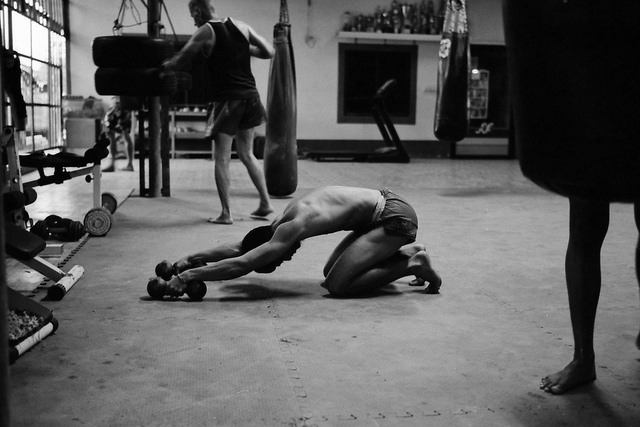
Stretch after boxing - by Sakulchai
2. Stretching - It's important to be able to move and maintain mobility without pain. Pain will cause you to compensate by favoring the sore spots which can lead to imbalances and restricted mobility elsewhere.
Some sort of pain is inevitable when you train and as muscle is rebuilt you may lose some of the range of motion as muscles get tight. Regularly streching after workouts while muscles are warm will help increase flexibility, keep you pain free, and maximize range of motion.
A yoga class on off days is a perfect way to incorporate a few of the the recovery tips listed here together as you stretch and become very aware of how your body is reacting and where you are in the moment.

Drink Often by Rubbermaid
3. Hydration - A lot of people walk around in a state of perpetual dehydration. Water is an essential ingredient in pretty much every biological process going on so does it not make sense to ensure your body has enough to work with?
It's not hard - carry around a water bottle and sip from it every few minutes. Yes, you'll have to go to the bathroom more frequently - but that's the perfect time to ensure you're drinking enough. Yellow pee is not your friend - your urine should be almost clear - if it isn't - drink more water (not juice or pop or kool-aid).
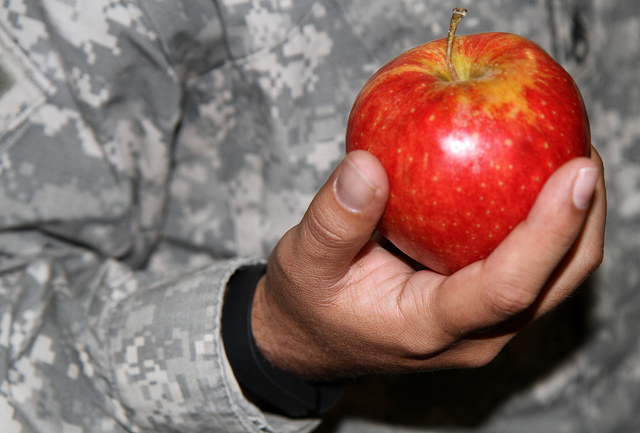
Eat Clean by Army Medicine
4. Nutrition - like water - the right foods will speed up recovery. The wrong foods will poison you, increase inflammation instead of decrease it, and generally try to kill you.
Stressing about food can be just as harmful as actually eating bad food. Unless you are training to be the next Olympian - give yourself a break. Aim to eat clean and practice moderation the majority of the time but allow some slips here and there so you can still have a life while you take care of yourself.
5. Self-myofascial release (SMR) - this is essentially a deep tissue massage that you give yourself. It is what you are doing when you use a foam roller. It improves joint motion and overall muscle recovery by working out tight muscles and muscle knots.
If you've never used a foam roller - you're in for a surprise - it hurts. Just remember that foam rolling is not a test to see how much pain you can handle - it's to release muscles that have kind of seized up or become restricted.
Regular rolling is a good part of any recovery program.

Clear Your Head by Balint Foldesi
6. Meditation - Every day I read about some new benefit of meditation - decreased anxiety, increased intuition, more creativity, emotional stability, sharper mind, lower blood pressure, improved immune system, increased energy level, and the list goes on...
The premise of it is to clear your mind and focus on your breathing to bring and keep you in the moment. It takes practice, but the end result is lower levels of stress, better outlook on life, more happiness, and more motivation.
Meditation will help you eliminate stress from your system as well as prevent it from getting there in the first place.
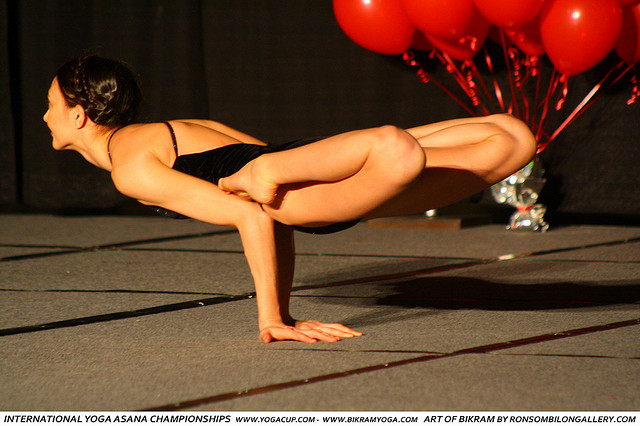
Control your Movement by Ron Sombilon
7. Mobility - Related to stretching - it is your ability to move a limb through the full range of motion with control. It differs from flexibility in that flexibility is passive whereas mobility requires a conscious effort and strength to move through the motion.
There are various screens you can do to see where you might have mobility issues (compromised joints...) and a joint mobility program is an essential part of your recovery program to limit the degree of immobility and joint issues you might get through hard training.
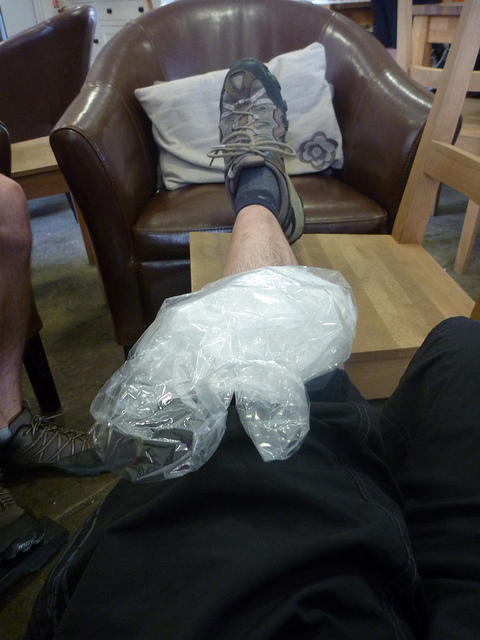
Apply Heat/Ice/Compression by Simon James
8. Heat/Ice/Compression - When you have pain somewhere - putting it through cycles of warm, then cold and then compression can help speed recovery.
The ice (cold) decreases swelling and inflammation. The heat increases blood flow to bring the nutrients and healing juices (yes - that's a technical term) to deal with the issue. It relaxes the muscle, decreases muscle spasms, and alleviates pain.
For both - don't apply directly - wrap the warm/cold item in something before applying to the skin.
RECOVERY IN APPLICATION
It's never a good idea to overdo one area of your life to the detriment of others. When you're in the gym - train hard. Focus on what you're there for. At home, work recovery techniques into your daily routine. You'll be surprised at just how effective what you do outside of the gym will be when you get back into the gym.
Your workouts will be more intense, challenging, and fun. You'll have more motivation. Maintaining that balance between work and recovery so your bank account never reaches zero will propel you to new heights.
So what would implementing these recovery techniques look like in action?
Your day might go like this:
- 0500 - Wake up
- 0505-0520 - Meditate
- 0520-0540 - Mobility Session
- 0540-0640 - Daily Training
- 0640-0700 - Stretching
- 0700-0730 - Nutritious Breakfast
- 1000 - Nutritious Snack
- 1200 - Nutritious Lunch
- 1400 - Nutritious Snack
- 1800 - Nutritious Supper
- 2000 - Nutritious Snack
- 2030-2050 - Meditate
- 2100-0500 - Go to Sleep
Of course, you'd be drinking plenty of water during the day and if you have any specific aches/pains you could use the heat/ice/compression therapy. Other than probably getting up/going to bed a lot earlier than you're used to - it really isn't a massive issue working recovery aspects into your day - and the benefits make it all worthwhile.
Learn to enjoy your rest and recovery periods - they make life a whole lot more fun. Until next time - Boxon.

